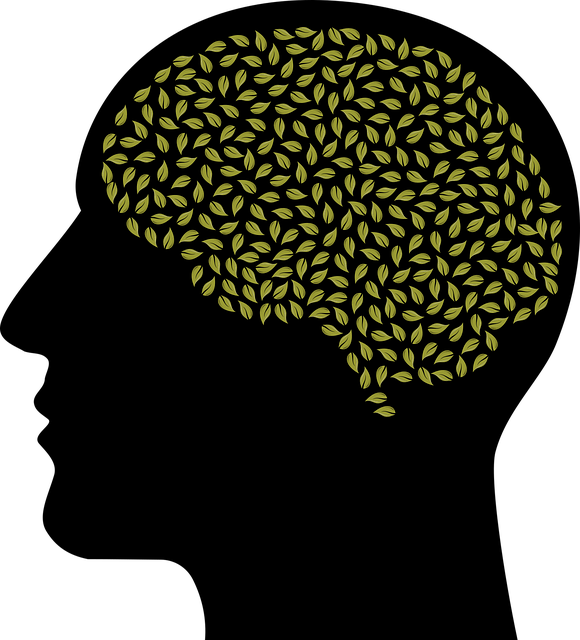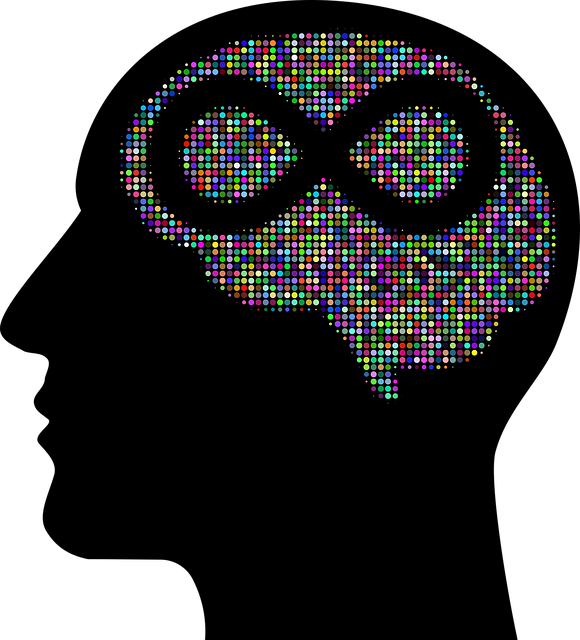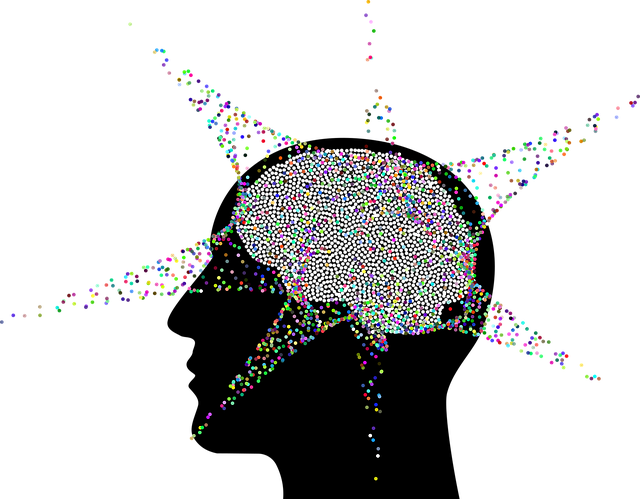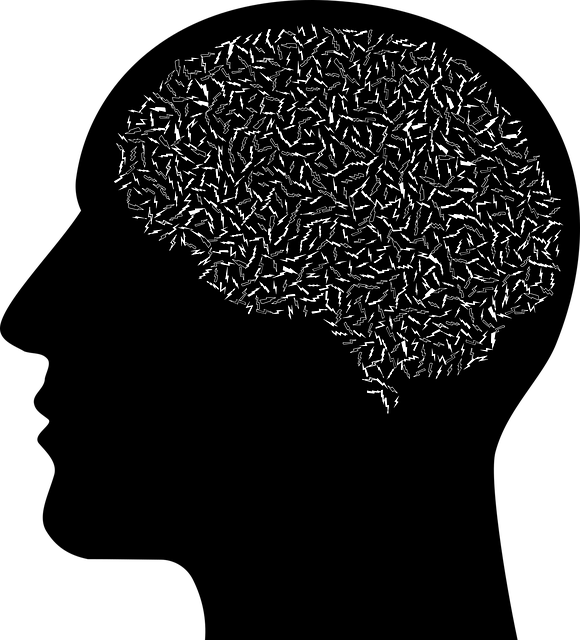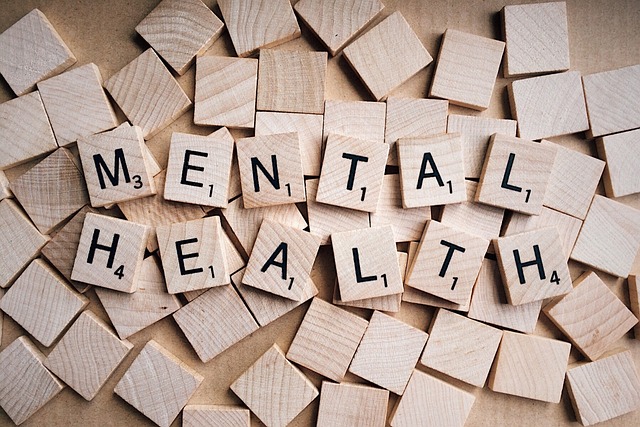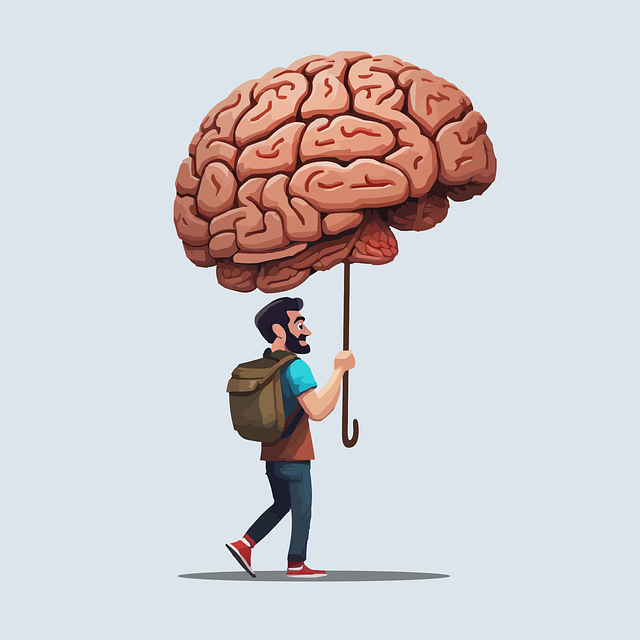Early identification and intervention are crucial for managing OCD in young children through cognitive-behavioral therapy (CBT) and structured self-care routines. Risk assessment is key to crafting effective treatment plans, focusing on tailored interventions like mindfulness practices and cultural competency training. A dual therapy approach combining CBT with mood management strategies and personalized harm minimization plans ensures comprehensive OCD management. This collaborative process involves regular check-ins, mental wellness coaching, and integrated programs to empower children and improve their overall mental health.
Risk assessment and harm minimization planning are essential components of therapy for young children with Obsessive Compulsive Disorder (OCD). This comprehensive guide explores key aspects, from understanding OCD in kids to developing and implementing strategies that mitigate potential harms. We delve into identifying specific risks associated with OCD, creating a tailored harm minimization strategy, and ensuring ongoing safety and support. By integrating these practices, mental health professionals can enhance treatment outcomes for young children struggling with OCD.
- Understanding Obsessive Compulsive Disorder in Young Children
- The Role of Risk Assessment in OCD Treatment Planning
- Identifying Potential Harms and Risks Specific to Kids with OCD
- Developing a Comprehensive Harm Minimization Strategy
- Implementing and Monitoring the Plan: Ensuring Safety and Support
Understanding Obsessive Compulsive Disorder in Young Children

Obsessive Compulsive Disorder (OCD) in young children is a growing area of concern for mental health professionals. While OCD can manifest differently across ages, early intervention is crucial to mitigate symptoms and improve long-term outcomes. Recognizing the subtle signs of OCD in children, such as excessive handwashing, checking behaviors, or persistent thoughts, is essential for parents and caregivers. Therapy for young children with OCD often involves cognitive-behavioral therapy (CBT), which has proven effective in modifying unhelpful thought patterns and reducing compulsive behaviors.
In conjunction with professional therapy, promoting a structured self-care routine development for better mental health can significantly support children’s recovery journey. This may include simple yet consistent practices such as regular exercise, mindful breathing techniques, and age-appropriate relaxation activities. Mental wellness podcast series production and engaging in mental health education programs designed for both children and parents can also foster open conversations about OCD, thereby encouraging early help-seeking behaviors and improving overall mental wellness.
The Role of Risk Assessment in OCD Treatment Planning

Risk assessment plays a pivotal role in crafting effective treatment plans for young children diagnosed with Obsessive Compulsive Disorder (OCD). It involves a thorough evaluation of various factors that contribute to the child’s condition, enabling therapists to tailor interventions accordingly. By meticulously analyzing the child’s obsessions and compulsions, as well as potential triggers and coping mechanisms, therapists can identify areas of highest risk and develop targeted strategies.
In therapy for young children with OCD, risk assessment helps in prioritizing treatment goals. For instance, if a child exhibits severe anxiety related to contamination fears, compassion cultivation practices and empathy-building strategies can be incorporated into the Community Outreach Program Implementation to foster a more supportive environment. This proactive approach ensures that treatment planning is not only evidence-based but also sensitive to the unique needs and challenges faced by young OCD sufferers.
Identifying Potential Harms and Risks Specific to Kids with OCD

Identifying potential harms and risks specific to children with Obsessive Compulsive Disorder (OCD) is a critical step in risk assessment and harm minimization planning. Young minds are particularly vulnerable to the impact of OCD symptoms, which can include intrusive thoughts, repetitive behaviors, anxiety, and distress. These manifestations can significantly disrupt their daily lives, affecting school performance, social interactions, and overall well-being. For instance, children with OCD might engage in compulsive washing or checking rituals, leading to skin irritations or missed educational opportunities.
Therapy for young children with OCD often centers on evidence-based approaches like Cognitive Behavioral Therapy (CBT), specifically tailored to address their unique needs. Mindfulness meditation and other relaxation techniques can be beneficial in managing anxiety relief. Additionally, ensuring the healthcare provider has undergone Cultural Competency Training is essential, as it enables them to offer sensitive support while considering any cultural or ethnic influences on the child’s experience of OCD.
Developing a Comprehensive Harm Minimization Strategy

In developing a comprehensive harm minimization strategy for young children diagnosed with Obsessive Compulsive Disorder (OCD), therapy focuses on dual approaches. Firstly, cognitive-behavioural therapy (CBT) is employed to help children understand and manage their OCD symptoms through exposure and response prevention techniques. This not only aids in anxiety relief but also empowers them to confront their fears and reduce the impact of obsessions. Additionally, mood management strategies are integrated into the treatment plan, teaching children coping mechanisms to regulate emotional states and prevent distress escalation.
Risk assessment for mental health professionals plays a crucial role in tailoring these interventions. By carefully evaluating the child’s history, current symptoms, and risk factors, therapists can design personalized harm minimization plans. This includes identifying potential triggers, developing safety plans, and establishing clear communication channels with parents or guardians to ensure consistent support and guidance outside of therapy sessions. Such proactive measures are essential for effectively managing OCD in young children and promoting their overall well-being.
Implementing and Monitoring the Plan: Ensuring Safety and Support

Implementing a harm minimization plan for young children with Obsessive Compulsive Disorder (OCD) requires careful consideration and consistent monitoring. Once developed, the plan should be tailored to each child’s unique needs and strengths. Therapists and caregivers must work collaboratively to ensure its successful execution. Regularly scheduled check-ins allow for progress assessment and necessary adjustments.
By integrating strategies like mental wellness coaching programs and stress management techniques into daily routines, children can develop inner strength and resilience. Ongoing support and encouragement play a pivotal role in fostering their coping mechanisms and overall mental wellness. This proactive approach not only minimizes OCD-related harm but also paves the way for a brighter, more resilient future.
Risk assessment and harm minimization planning are essential components of therapy for young children with Obsessive Compulsive Disorder (OCD). By understanding the unique challenges faced by these children, healthcare professionals can develop comprehensive strategies that address specific harms. This involves identifying risks related to OCD symptoms, such as isolation or self-injury, and implementing tailored interventions. Through ongoing monitoring, support systems can be adjusted to ensure safety and promote positive outcomes in managing OCD symptoms. Adhering to these practices enhances the effectiveness of treatment, enabling young individuals to lead healthier, more fulfilling lives.

